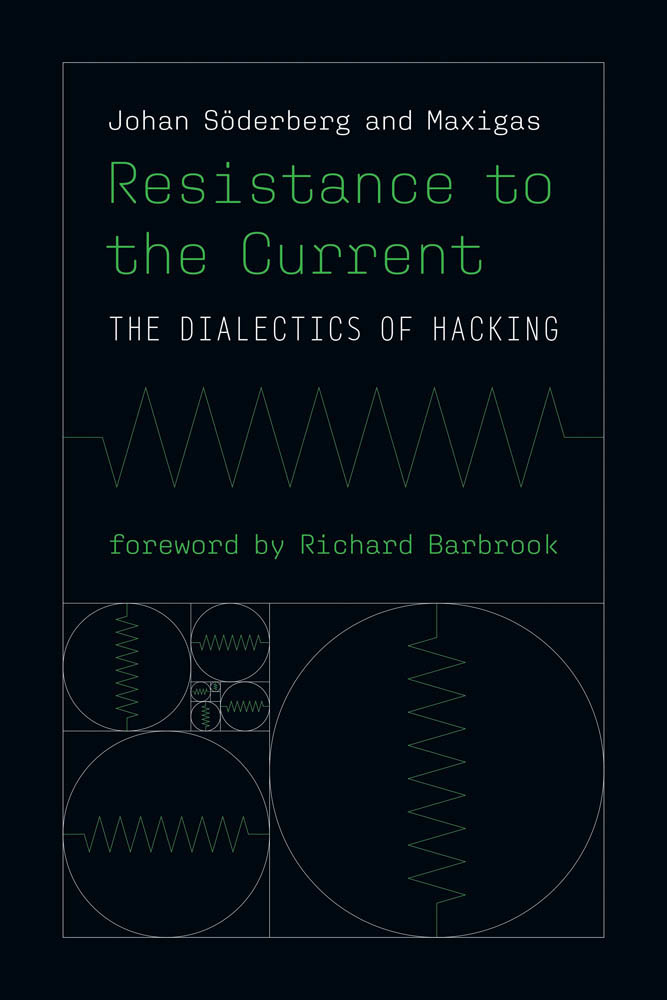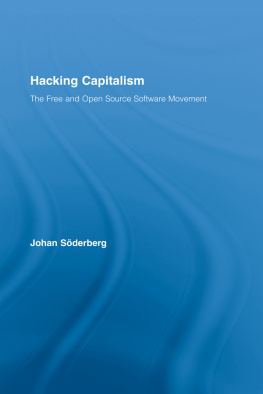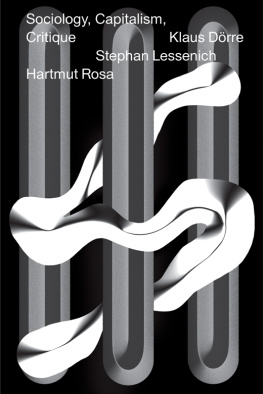Contents
Guide
Pagebreaks of the print version

Information Policy Series
Edited by Sandra Braman
The Information Policy Series publishes research on and analysis of significant problems in the field of information policy, including decisions and practices that enable or constrain information, communication, and culture irrespective of the legal siloes in which they have traditionally been located as well as state-law-society interactions. Defining information policy as all laws, regulations, and decision-making principles that affect any form of information creation, processing, flows, and use, the series includes attention to the formal decisions, decision-making processes, and entities of government; the formal and informal decisions, decision-making processes, and entities of private- and public-sector agents capable of constitutive effects on the nature of society; and the cultural habits and predispositions of governmentality that support and sustain government and governance. The parametric functions of information policy at the boundaries of social, informational, and technological systems are of global importance because they provide the context for all communications, interactions, and social processes.
A complete list of the books in the Information Policy Series appears at the .
RESISTANCE TO THE CURRENT
THE DIALECTICS OF HACKING
JOHAN SDERBERG AND MAXIGAS
FOREWORD BY RICHARD BARBROOK
THE MIT PRESSCAMBRIDGE, MASSACHUSETTSLONDON, ENGLAND
2022 Massachusetts Institute of Technology
This work is subject to a Creative Commons CC-BY-NC-ND license.
Subject to such license, all rights are reserved.

The MIT Press would like to thank the anonymous peer reviewers who provided comments on drafts of this book. The generous work of academic experts is essential for establishing the authority and quality of our publications. We acknowledge with gratitude the contributions of these otherwise uncredited readers.
Library of Congress Cataloging-in-Publication Data
Names: Sderberg, Johan, 1976 author.
Title: Resistance to the current : the dialectics of hacking / Johan Sderberg and Maxigas.
Description: Cambridge, Massachusetts : The MIT Press, [2022] | Series: Information policy | Includes bibliographical references and index.
Identifiers: LCCN 2022007904 (print) | LCCN 2022007905 (ebook) | ISBN 9780262544566 (paperback) | ISBN 9780262372015 (epub) | ISBN 9780262372008 (pdf)
Subjects: LCSH: Hacking. | Computer crimes. | Capitalism.
Classification: LCC HV6773 .S638 2022 (print) | LCC HV6773 (ebook) | DDC 364.16/8dc23/eng/20220711
LC record available at https://lccn.loc.gov/2022007904
LC ebook record available at https://lccn.loc.gov/2022007905
d_r0
This book is dedicated to the Four Thieves Vinegar Collective
CONTENTS
List of Illustrations
SERIES EDITORS INTRODUCTION
Sandra Braman
Capitalism comes with big movesaccumulation, a world system, commoditization, and on. Technologies have long been fundamental to such thrusts, as has resistance to the technologies that serve capital. Just say no, refusing or even destroying the technologies that serve capitalism, the Luddite approach, is one way of pushing back. Another is hackingmaking your own technologies, using them in your own ways, and making them freely available to others. Resistance to the Current offers major contributions to theories of capitalism and of hacking with original conceptualizations and analyses of diverse recuperations supported by evidence from detailed analyses of quite various, little known, and quite fascinating cases.
Authors Johan Sderberg and Maxigas understand hacking to operate on three time horizonsthe life cycle of individual hacker projects and their associated hacker communities, hacker projects and communities working with particular technologies in a coevolutionary dance with the industries that attempt to recuperate their creative efforts for capitalist purposes, and the epochal transformations of capitalism within which the other two time horizons unfold. Labor comprises three layers of workers who become involved with hacker projects outside of an employment context: commons-based peer production communities, of which hackers are only one example; the crowds of users of and audiences for particular technologies that appear to form voluntarily but are often and increasingly algorithmically driven; and the clouds of click-workers doing piece work that replicates systems created by hackers so that they can be more widely distributed. Genuine hacker autonomy requires technical expertise that is heavily dependent upon incorporation into a given collectives culture as well as, or instead of, formal education; shared values that provide the criteria upon which both ethical and aesthetic judgments can be made; and collective memory, a usable past.
The cases examined in such detail here will be unfamiliar to most of us. Two appear on the first time horizonRonja was a household rooftop optical wireless router for internet access in the Czech Republic and the surrounding region and the RepRap project made affordable desktop 3D printers in the belief that this technology would end capitalism altogether by making industrialization unnecessary. Two appear on the more extended time horizon of an ecosystem of projectshackerspaces, and the sustained use of IRC for multiple purposes across institutional environments and long-term projects despite the ultimate availability of many other technologies for the same purpose. The book as a whole operates on the third time horizon identified by these authors.
Recuperation is always a dance. The US Federal Communications Commission (FCC) repeatedly moved ham radio operators to the edge of the spectrum, knowing they would figure out how to make use of it in ways that could then be taken up industrially. For a number of years, MIT has facilitated and supported student experimentation with biotechnologies, just as it did in the 1960s with computers; the conclusion to the bookand its dedicationpoint the way forward, to the hacking of pharmaceuticals. The cases analyzed in depth here present a variety of types of recuperation efforts and levels of their success. With Ronja, there was in essence a standoff. RepRap was overtaken by the commercialization of 3D printing. Hackerspaces underwent multiple transformations as corporate interests sought to turn their processes and products into capital. IRC is revelatory of what can be the long-term sustenance of resistance, even inside of corporations.
The overarching past to which the authors refer includes that of engineering itself, with its iterations of progressive idealism. And of culture: it is surprising and, in fact, moving to be reminded that the Arts and Crafts movement of the early twentieth century that has so shaped still-treasured furniture, ceramics, and other household objects began with the William Morris effort to bring the production of these goods back into human hands far from industrialization for both quality of life for labor and for aesthetic reasonsan example of a hacker movement that wound up fully recuperated by capitalism. Although the focus here is economic, the highly sophisticated authors cannot stop themselves from offering cultural insights as well, noting for example changes in the use of interior lighting over the course of struggles between resistance and recuperation in hackerspaces.












